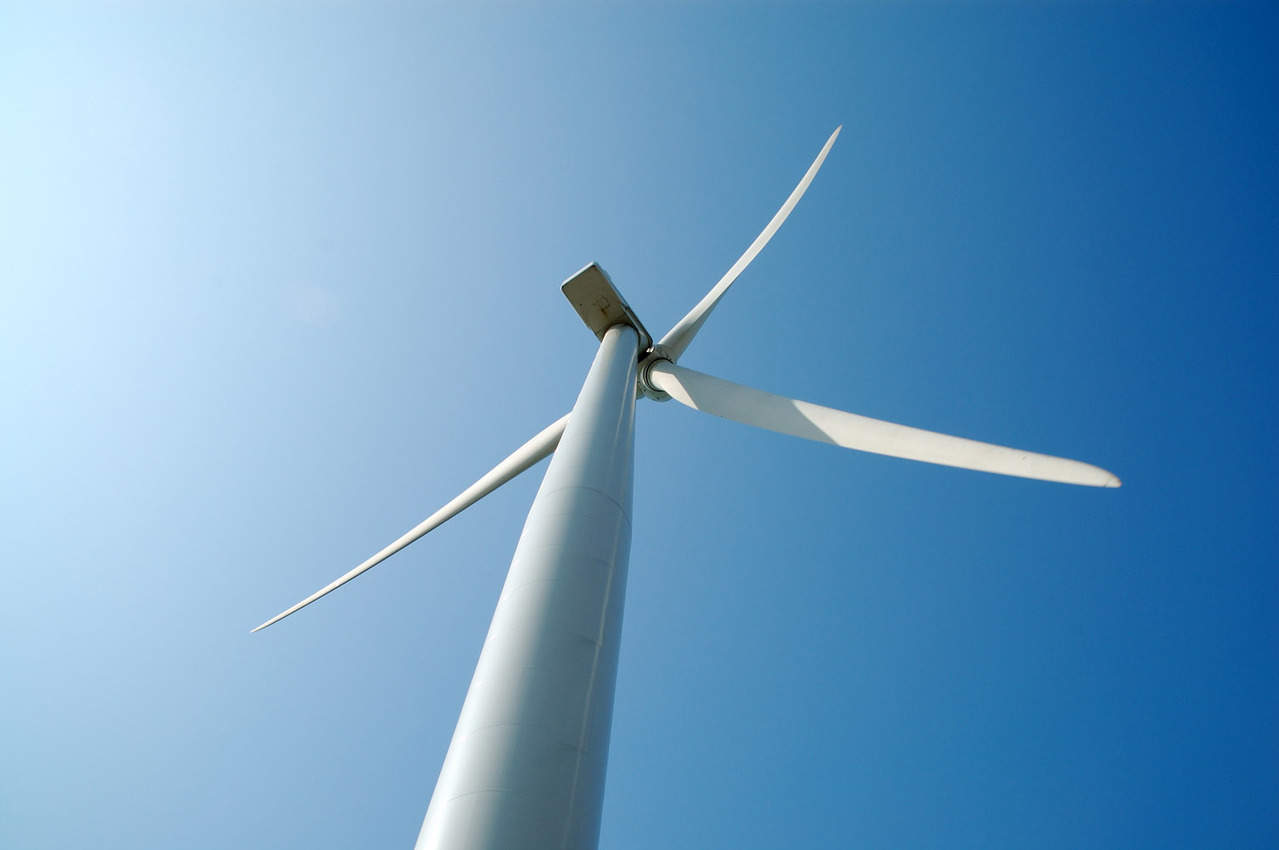Xcel Energy has secured construction permit from the South Dakota Public Utilities Commission (PUC) for its 302.4MW Dakota Range Wind Project to be built in the US state of South Dakota.

Image: The Dakota Range Wind Project will have up to 72 wind turbines. Photo: courtesy of Falk Schaaf/FreeImages.com.
The regulator said that the approval was granted with 42 conditions for the Dakota Range Wind Project, which will be spread across the Grant and Codington counties in the northeast part of the state.
South Dakota PUC chairperson Kristie Fiegen said: “As commissioners in a quasi-judicial role, we are bound to follow what is spelled out before us in state law and to base our decision on facts and evidence.
“The conditions we arrived at address landowner protections and the applicant’s obligations.”
Xcel Energy will be investing $380m in the new wind project, which is slated to be completed in 2021.
Dakota Range will feature up to 72 turbines, which will be spread over a 44,500 acre project area, located 16km northeast of Watertown. Danish wind turbine manufacturer Vestas will supply the wind turbines for the project.
Among the conditions imposed in the construction permit are aircraft detection lighting, detecting and reacting to ice conditions on turbine blades, and avian mortality monitoring, said the South Dakota regulator.
PUC vice chairman Gary Hanson said: “The comprehensive conditions we imposed on the permit will ensure the facility is built and operated in a manner that is responsible and fair to all parties as well as the environment.”
The Dakota Range Wind Project is being developed by Virginia-based Apex Clean Energy on the behalf of Xcel Energy.
The Minnesota-based utility acquired the wind project from Apex Clean Energy in September 2017.
At the time of acquisition, Xcel Energy said that the wind project in South Dakota will help it become the first utility in the US to cross 10,000MW of wind on its system. This, it said would be more than enough clean energy to cover the power consumption needs of every home in the states of Minnesota and Wisconsin.
